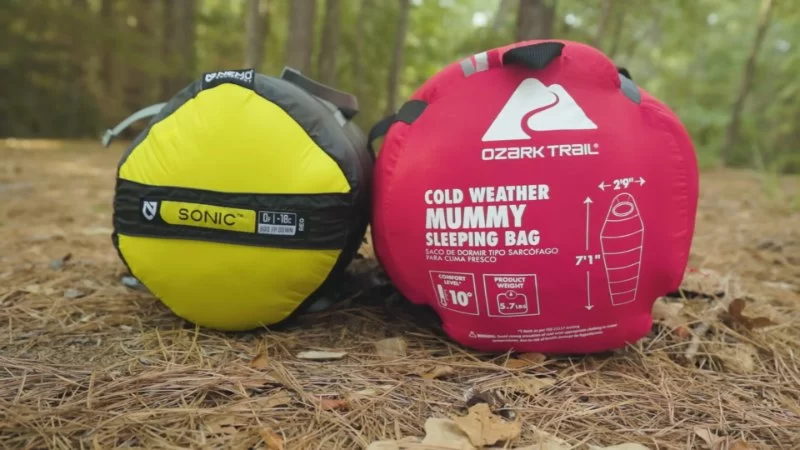- 1 - Choosing the Right Sleeping Bag for Extreme Warmth Overview
- 2 - Understanding Temperature Ratings and What They Mean
- 3 - Materials and Insulation for Maximum Warmth
- 4 - How Design and Shape Influence Heat Retention
- 5 - Real-World Experiences and Case Studies
- 6 - Explore the Best Gear with Pine Cliff Resort
1 - Choosing the Right Sleeping Bag for Extreme Warmth Overview
When planning for high-altitude expeditions or winter camping, Choosing the Right Sleeping Bag for Extreme Warmth can be the difference between a comfortable night under the stars and a dangerously cold experience. Modern sleeping bags are designed with advanced technology and thoughtful engineering, making it easier than ever to find a model that balances warmth, weight, and durability. However, selecting the right one requires understanding a few key principles.
2 - Understanding Temperature Ratings and What They Mean
Comfort vs. Limit vs. Extreme
Temperature ratings are the foundation of sleeping bag selection. A comfort rating refers to the temperature at which an average sleeper will feel cozy, while the limit rating is for those who can endure colder conditions. The extreme rating, on the other hand, is often misleading—it indicates survival temperature rather than comfort. For mountaineers and winter adventurers, focusing on the comfort rating is usually the safest approach.
Personal Factors
It’s also important to note that individual factors such as metabolism, body size, and even what you eat before bed can influence how warm you feel in a sleeping bag. A common mistake beginners make is choosing a bag based solely on the listed rating without accounting for these variables.
3 - Materials and Insulation for Maximum Warmth
Down vs. Synthetic
The choice between down and synthetic insulation is crucial. Down, especially high-fill goose down, is renowned for its warmth-to-weight ratio and compressibility. However, it loses effectiveness when wet. Synthetic insulation, while bulkier, performs better in damp conditions and dries faster. Adventurers heading into unpredictable climates often prefer synthetic blends for added reliability.
Shell Fabrics and Lining
Modern shell fabrics often include water-repellent coatings, and linings are designed for breathability to reduce condensation. These innovations prevent heat loss and improve comfort, making the material selection just as critical as insulation type.
4 - How Design and Shape Influence Heat Retention
Mummy Bags vs. Rectangular Bags
Mummy-shaped bags dominate the market for extreme conditions because their tapered design minimizes dead air space, effectively trapping heat. Rectangular bags, while more spacious, are less efficient at retaining warmth and are better suited for mild climates.
Added Features
Draft collars, insulated hoods, and zipper baffles are small details that make a big difference in keeping heat inside. For example, a well-designed hood can reduce heat loss from your head—a major source of warmth escape at night.
5 - Real-World Experiences and Case Studies
A group of climbers on Denali in Alaska recently reported that their decision to invest in high-quality down bags rated well below freezing saved them from frostbite during a sudden storm. On the other hand, a winter camper in Canada shared a story of how a budget synthetic bag paired with proper layering allowed them to comfortably endure a -20°C night. These stories highlight that both gear choice and personal preparation play vital roles.
6 - Explore the Best Gear with Pine Cliff Resort
If you are serious about Choosing the Right Sleeping Bag for Extreme Warmth, exploring curated selections at Pine Cliff Resort is a smart move. With options tested for durability, warmth, and comfort, you can find gear that matches your adventure goals—whether it’s a weekend winter trip or an expedition to the coldest corners of the world.







